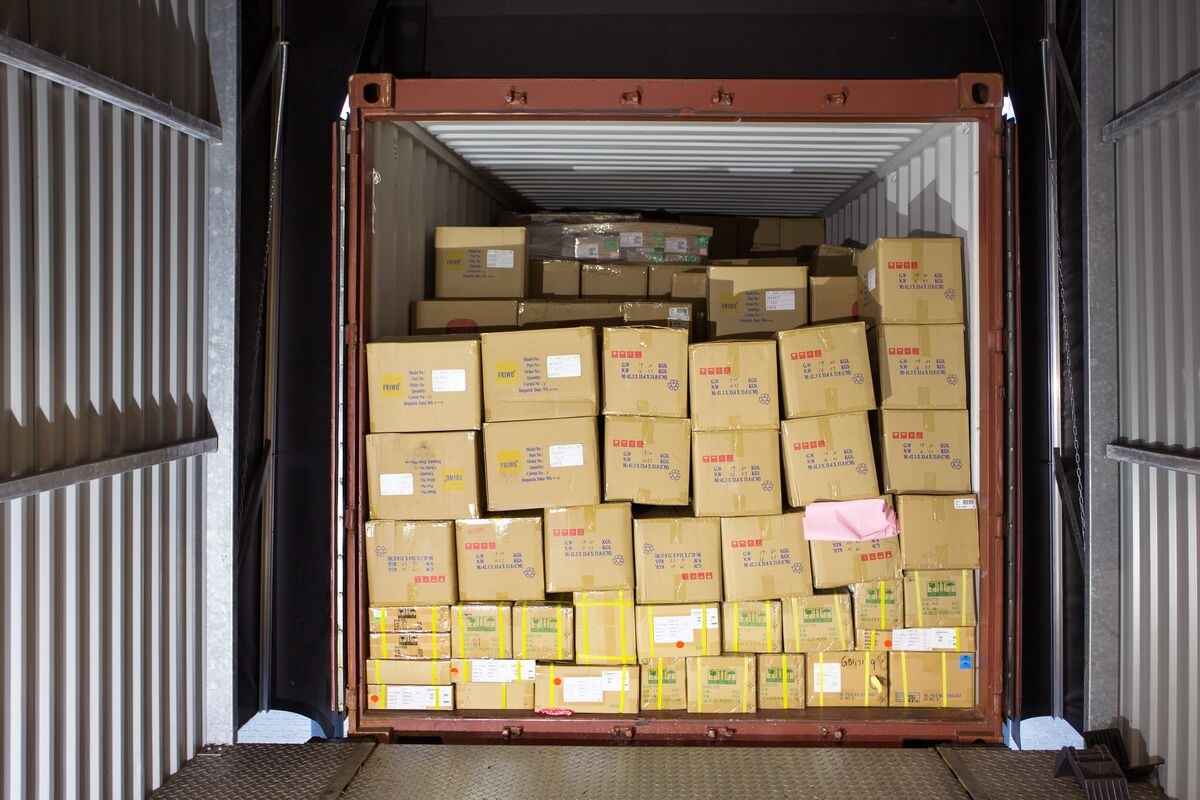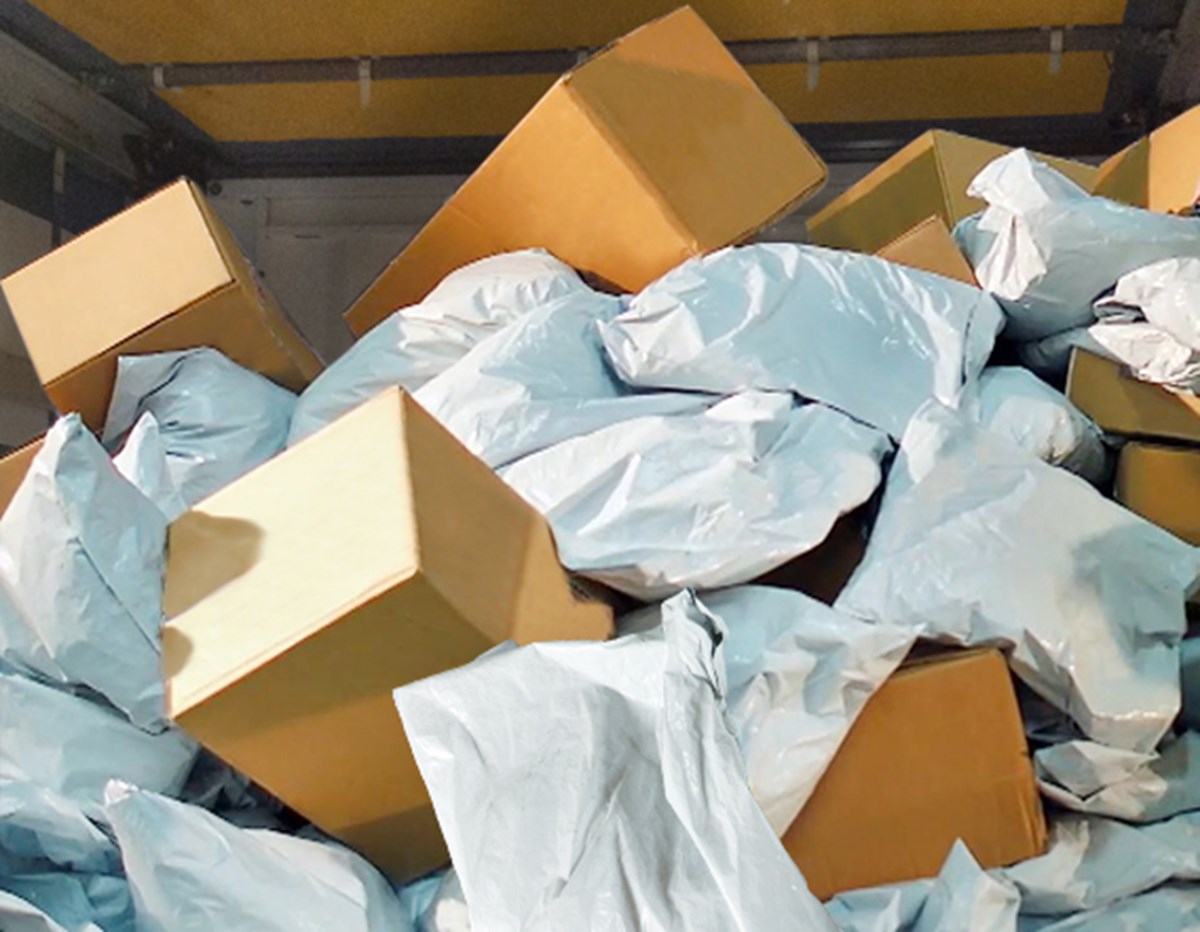Have you considered automating the loading/unloading process?
During recent years, the volume of shoppers opting to purchase online has increased significantly. This enormous increase in the volume of parcels coincides with an unprecedented lack of manpower, particularly within logistics. To cap it all, consumers expect shorter delivery times. Automating the loading and unloading process allows you to handle higher volumes with fewer people.


Getting started with automatic loading/unloading
To evaluate whether an automatic solution to load and/or unload is right for your business, you should consider
- volume of packages you handle on a daily basis
- the type of cargo you handle
- time restrictions
- available space
- manpower availability
The best result is obtained if both the loading and unloading processes are automated. Unloading a vehicle that has been loaded automatically can be extremely strenuous if done manually.
Volume of packages
From 2017 to 2021, the volume of digital buyers worldwide increased by 29%. Delivery time has become a competitive parameter. To facilitate on-time delivery, items are often sent individually from different fulfilment or distribution centres.
The CEP industry not only handles growth in B2C, but in C2C shipments too, which makes the last mile extremely expensive.
Handling higher throughput efficiently — in a shorter timespan — requires automation.
Type of cargo
To move larger volumes more efficiently, many retailers are switching from boxes to polybags for low-value consignments. This is particularly the case for cross-border shipments.
Upgrading the label application, so the shipping label sticks firmly to this uneven, often soft surface is advisable.
Automating the hitherto predominantly manual process of unloading, loading and reloading reduces the cost per parcel significantly.
Time & space
There is often a time schedule that must be adhered to, when transferring cargo from the DC to a hub, or from a hub to a depot.
The time it takes to load/unload when using automatic equipment is predictable.
Automatic equipment can often be incorporated into an existing facility. Higher volumes can be handled without expanding existing constructions or investing in larger facilities.
Manpower availability
In many areas, shortage of skilled workers is at an all-time high. Not only does this mean it is difficult to recruit, salaries are increasing and employers are competing for experienced workers, who are often enticed to leave.
Automating the loading and unloading process, lets your front-line workers focus on more complex tasks.
The more satisfying the job, the easier it is to retain employees. And, of course, this solution is more cost-effective for you.